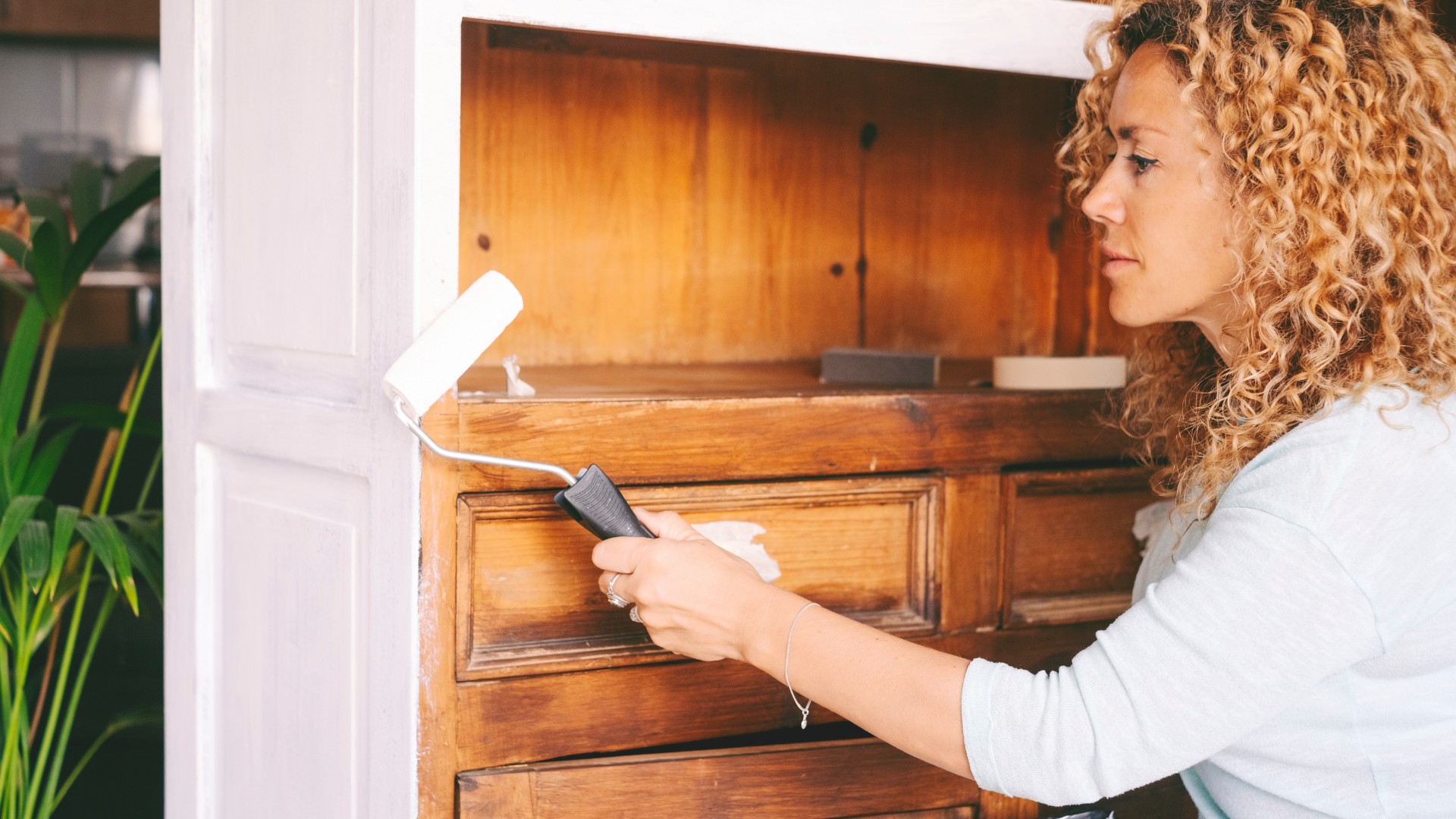

Articles
How To Paint An Old Furniture
Modified: January 19, 2024
Learn how to transform your old furniture with our step-by-step guide on painting techniques. Give your worn-out pieces a fresh and vibrant look.
(Many of the links in this article redirect to a specific reviewed product. Your purchase of these products through affiliate links helps to generate commission for Storables.com, at no extra cost. Learn more)
Introduction
Welcome to our comprehensive guide on how to paint an old piece of furniture. Giving new life to old furniture is a fantastic way to add a personal touch to your home and save money in the process. Whether you’ve scored a vintage find at a flea market or simply want to revamp a tired piece in your own home, painting can transform the look and feel of furniture in a matter of hours.
Before you dive into the painting process, it’s essential to gather the necessary supplies and prepare the furniture properly. Taking the time to do these initial steps will ensure a smooth and successful painting experience. In this guide, we will walk you through the step-by-step process of painting old furniture, from cleaning and sanding the surface to applying primer, choosing the right paint, and adding finishing touches.
So, if you’re ready to unleash your creativity and breathe new life into your old furniture, let’s get started!
Key Takeaways:
- Revive old furniture with a personal touch and save money by following our step-by-step guide to painting. Gather supplies, prep the surface, choose the right paint, and add finishing touches for stunning results.
- Transform worn-out furniture into charming new pieces with patience and attention to detail. Embrace sustainability, unleash creativity, and personalize your living space with beautifully painted furniture.
Read more: How To Paint Old Metal Patio Furniture
Step 1: Gather the Necessary Supplies
Before you begin painting your old furniture, it’s important to gather all the necessary supplies. Having everything you need at the start will save you time and ensure a smoother painting process. Here’s a list of essential supplies:
- Drop cloth or old newspapers to protect your workspace
- Painter’s tape to protect any areas you do not want to paint
- Sandpaper or sanding block in various grits (100, 150, and 220) for surface preparation
- Tack cloth or a damp cloth to remove dust and debris
- Primer to create a smooth and even surface for the paint
- High-quality paint in the color of your choice
- Paintbrushes in different sizes (a 2-inch angled brush for larger areas and a small brush for intricate details)
- Paint tray or container to hold the paint
- Foam roller (optional) for a smoother finish on larger surfaces
- Sealant or topcoat to protect the painted surface, if desired
Once you have gathered all the supplies, make sure to choose paint and primer that are suitable for the type of furniture you are painting. For instance, if you are working with wood furniture, opt for paint and primer specifically designed for wooden surfaces. Similarly, if you are painting metal furniture, choose products formulated for metal.
Having the right tools and materials at hand will ensure that you have a successful painting experience and achieve professional-looking results. Now that you have your supplies ready, let’s move on to the next step: preparing the furniture.
Step 2: Prepare the Furniture
Before you can start painting, it’s crucial to properly prepare the furniture. This step ensures that the surface is clean, smooth, and ready to receive the paint. Follow these steps to prepare your furniture:
- Clear the work area: Start by removing any items on or around the furniture to create a clear workspace. This will prevent any accidental spills or damage to other objects.
- Clean the surface: Use a mild detergent and warm water to clean the furniture’s surface. Remove any dirt, grease, or grime that may have accumulated over time. Wipe it down with a damp cloth to remove any residue, and allow it to dry completely before proceeding.
- Remove hardware or cover it: If your furniture has any knobs, handles, or hinges, consider removing them before painting. If removing them is not possible, cover them with painter’s tape to protect them from paint splatters.
- Repair any damage: Inspect the furniture for any cracks, chips, or dents. Use wood filler or putty to fix any imperfections. Sand down any rough edges until they are smooth and blend in with the rest of the surface.
- Sand the surface: Use sandpaper or a sanding block to roughen up the surface of the furniture. This will help the paint adhere better. Start with a coarser grit sandpaper (around 100) to remove any existing finish or varnish. Then, switch to a finer grit (around 150 or 220) to smooth out the surface. Be sure to sand in the direction of the grain to avoid scratches.
- Remove dust: After sanding, use a tack cloth or a damp cloth to remove any sanding dust from the furniture. This will ensure a clean and smooth surface for painting.
By thoroughly preparing the furniture, you create the ideal foundation for the paint to adhere to. Ensuring a clean, smooth, and repaired surface will not only enhance the final results but also contribute to the durability of the painted finish. With the furniture properly prepped, you’re now ready to move on to the next step: sanding the surface.
Step 3: Sanding the Surface
Once you have prepared the furniture by cleaning and repairing it, the next step is to sand the surface. Sanding helps to smooth out any imperfections, remove old paint or varnish, and create a rough surface for the new paint to adhere to. Follow these steps to sand the surface of your furniture:
- Select the appropriate sandpaper grit: The grit of the sandpaper you use will depend on the condition of the furniture. Start with a coarser grit, such as 100 or 120, to remove any existing finish or rough areas. Then, switch to a finer grit, like 220, for a smoother finish.
- Sand in the direction of the grain: When sanding wood furniture, it’s important to follow the direction of the grain. This helps to avoid scratches and maintain a uniform appearance.
- Apply even pressure: Apply firm but gentle pressure while sanding the surface. Avoid pressing too hard, as this can damage the wood or create uneven areas.
- Check your progress: Periodically check the surface to see how much of the old finish you’ve removed. Ideally, you want to remove any glossy surfaces or rough patches, leaving behind a smooth and even surface.
- Remove dust: Once you have finished sanding, use a tack cloth or a damp cloth to remove any sanding dust from the furniture. This step is important to ensure that the paint adheres properly and results in a smooth finish.
Sanding the surface of the furniture is a crucial step in the painting process. It helps to create a clean and smooth surface that allows the paint to adhere better and provides a professional-looking finish. Remember to take your time and be thorough in sanding all the areas of the furniture. With the surface properly sanded and dust-free, you’re now ready to move on to the next step: applying primer.
Step 4: Apply Primer
Applying primer is an important step in the furniture painting process. Primer helps to create a smooth and even surface, improves paint adhesion, and enhances the durability of the final finish. Follow these steps to apply primer to your furniture:
- Choose the right primer: Select a primer that is suitable for the type of furniture you are painting and the type of paint you will be using. If you are painting wood furniture, use a primer specifically formulated for wood surfaces. Similarly, if you are painting metal or laminate furniture, choose a primer designed for those materials.
- Prepare the primer: Read the instructions on the primer can and follow them carefully. Some primers may require stirring or thinning before use. Use a stirring stick to mix the primer thoroughly and ensure a consistent application.
- Apply the primer: Use a paintbrush or roller to apply an even coat of primer to the furniture’s surface. Start with the larger areas and use a smaller brush for any intricate details or hard-to-reach spots. Make sure to apply the primer in smooth and even strokes, following the natural lines of the furniture.
- Allow the primer to dry: Check the drying time specified on the primer can. Allow the primer to dry completely before applying the paint. This may take a few hours or overnight, depending on the product and environmental conditions. Ensure that the primer is dry to the touch before proceeding.
- Sand the primed surface (optional): If you notice any imperfections or rough patches on the primed surface, you can lightly sand it using a fine-grit sandpaper (around 220). Sanding between coats of primer can help to create an even smoother surface for the final paint.
- Remove dust: After sanding (if necessary), use a tack cloth or a damp cloth to remove any dust or debris from the primed surface. This step is crucial to ensure a clean painting surface and prevent any particles from interfering with the final paint.
Applying primer to your furniture provides a solid foundation for the paint and improves the overall quality and longevity of the finish. Take your time to apply the primer carefully, ensuring complete coverage of the furniture’s surface. With the primer dry and the surface properly prepped, you’re now ready to move on to the next step: choosing and applying paint.
Before painting an old piece of furniture, make sure to thoroughly clean and sand it to create a smooth surface for the paint to adhere to. This will help the paint to go on more evenly and last longer.
Read more: How Old Is Vintage Furniture
Step 5: Choose and Apply Paint
Choosing the right paint for your furniture is key to achieving the desired look and durability. Consider the type of furniture you are painting and the style you want to achieve. Follow these steps to choose and apply paint to your furniture:
- Select the right type of paint: Depending on the material of your furniture, choose a paint that is suitable for that surface. For wooden furniture, latex or oil-based paints work well. For metal furniture, consider using enamel or spray paint. If you’re painting laminate furniture, look for paint specifically designed for that material.
- Consider the finish: Paint comes in different finishes, such as matte, satin, eggshell, or gloss. Consider the look you want to achieve and the level of durability you need. Matte finishes give a more subdued and rustic look, while gloss finishes provide a shiny and contemporary appearance. Satin and eggshell finishes offer a balance between matte and gloss.
- Prepare the paint: Stir the paint thoroughly with a stirring stick to ensure an even consistency. If needed, thin the paint according to the manufacturer’s instructions. Pour the paint into a tray or container suitable for the size of your brush or roller.
- Apply the paint: Use a paintbrush or roller to apply the paint to the furniture’s surface. Start with the larger areas and use a smaller brush for any detailed sections. Apply the paint in even strokes, following the grain of the wood or the lines of the furniture. Avoid applying thick coats of paint, as this can lead to drips and uneven drying.
- Allow the paint to dry: Check the drying time specified on the paint can. Allow the paint to dry completely between coats. This may take a few hours or overnight, depending on the product and environmental conditions. Ensure that the paint is dry to the touch before applying additional coats.
- Apply additional coats (if necessary): Depending on the desired coverage and the opacity of the paint, you may need to apply multiple coats. Follow the instructions on the paint can for the recommended number of coats. Be sure to sand lightly between coats for a smoother finish.
Choosing the right paint and applying it properly will ensure a beautiful and durable finish for your furniture. Consider the style and look you want to achieve, and take your time to apply the paint evenly. With the paint dried and the surface properly coated, you’re now ready to move on to the next step: allowing the paint to dry.
Step 6: Allow the Paint to Dry
After applying the paint to your furniture, it’s important to allow it to dry thoroughly before moving or using the piece. Proper drying time ensures that the paint settles and cures, resulting in a durable and long-lasting finish. Follow these steps to allow the paint to dry effectively:
- Read the drying time: Refer to the instructions on the paint can to determine the recommended drying time. This will give you an idea of how long it will take for the paint to fully dry. Keep in mind that drying times can vary depending on factors such as humidity, temperature, and the type of paint used.
- Provide suitable ventilation: Make sure the area where the painted furniture is located has proper ventilation. Fresh air circulation helps expedite the drying process by allowing moisture to evaporate faster. Open windows or use fans to increase airflow if necessary.
- Avoid touching or moving the furniture: While the paint is drying, it’s crucial to resist the temptation to touch or move the furniture. Any contact with the paint can cause smudging or damage the finish. Depending on the type of paint and the number of coats applied, drying times can range from a few hours to several days.
- Protect the drying furniture: To prevent dust or debris from settling on the drying furniture, cover it with a clean cloth or plastic sheet. This additional layer of protection will help maintain the smoothness of the finish.
- Ensure complete drying: Before proceeding to the next step or applying additional coats, ensure that the paint is completely dry. You can do a quick touch test by gently tapping a small inconspicuous area with your fingertip. If the paint feels dry and is not tacky, it is ready for the next step.
Allowing the paint to dry thoroughly is crucial for achieving a professional-looking finish. Rushing this step can lead to smudging, peeling, or other damage to the painted surface. Patience is key to ensuring the best results. Once the paint is fully dried, you can move on to the next step, which involves applying a second coat of paint if desired.
Step 7: Apply a Second Coat (Optional)
Applying a second coat of paint is an optional step that can enhance the color intensity and overall coverage of your furniture. Depending on the desired look and the opacity of the paint, you may choose to apply an additional coat. Follow these steps to apply a second coat of paint:
- Inspect the first coat: Before applying the second coat, take a close look at the furniture to assess the coverage and color saturation achieved with the first coat. If the color appears uneven or there are visible areas where the underlying surface is still visible, a second coat may be necessary.
- Ensure proper drying: Make sure the first coat of paint is completely dry before proceeding with the second coat. This ensures that the two coats of paint bond together seamlessly.
- Prepare the paint: Stir the paint can thoroughly to ensure any settled pigments are mixed back into the paint. Pour the paint into a tray or container for easy access during application.
- Apply the second coat: Use the same techniques and tools as when applying the first coat. Brush or roll on the paint, ensuring even coverage and consistent strokes. Follow the grain of the wood or the lines of the furniture to maintain a smooth and cohesive appearance.
- Allow for proper drying time: Once the second coat is applied, allow the paint to dry according to the recommended drying time mentioned on the paint can. This ensures that the paint cures properly and results in a durable finish.
- Assess the final result: After the second coat is dry, inspect the furniture to ensure that the desired color and coverage have been achieved. If necessary, you can apply additional coats following the same process to further enhance the finish.
Applying a second coat of paint can give your furniture a more polished and professional appearance. It can help eliminate any streaks or unevenness from the first coat, providing a more even and uniform finish. However, keep in mind that multiple coats of paint may extend the overall drying time, so be patient during the process.
Once you are satisfied with the color and coverage of your furniture, you can proceed to the final step: adding finishing touches to complete the transformation.
Step 8: Add Finishing Touches
Adding finishing touches to your painted furniture can elevate its overall look and ensure a polished and professional result. These final touches will enhance the aesthetic appeal and durability of your piece. Follow these steps to add those finishing touches:
- Inspect the paint job: Before proceeding with the finishing touches, closely examine the painted surface for any imperfections or areas that may require touch-ups. Use a small brush or a cotton swab to address any spots that need attention.
- Apply a sealant or topcoat (optional): To protect the painted surface and increase its durability, you may choose to apply a sealant or topcoat. This step is especially important for furniture that will be subject to heavy use or high levels of moisture. Follow the instructions on the sealant or topcoat product for application techniques and drying times.
- Reattach any hardware: If you removed any knobs, handles, or hinges before painting, now is the time to reattach them. Ensure they are securely fastened to complete the look of your furniture.
- Consider decorative elements: Depending on your personal style and the desired look, you can add decorative elements to your furniture. This may include stenciling designs, applying decals, or adding decorative knobs or drawer pulls. Let your creativity shine and customize the piece to your liking.
- Protect the furniture’s surface: To protect the painted surface from scratches and wear, consider using furniture pads or felt pads on the bottom of legs or other contact points. This will also help prevent any damage to delicate flooring surfaces.
- Showcase your finished piece: Once the finishing touches are complete, proudly display your transformed furniture in its new spot. Arrange it in a way that complements your overall interior design and enjoy the satisfaction of breathing new life into an old piece.
Adding finishing touches is a wonderful opportunity to put your own creative stamp on your painted furniture. It allows you to personalize the piece and make it truly unique. By following these steps, you can ensure the final result is beautifully finished and ready to be showcased in your home.
Congratulations! You have successfully completed all the steps to paint an old piece of furniture. Your hard work and attention to detail will be evident in the final result. Enjoy your refreshed and transformed furniture for years to come!
Read more: How To Paint An Old Dresser
Conclusion
Congratulations! You have reached the end of our comprehensive guide on how to paint an old piece of furniture. By following these step-by-step instructions, you have learned how to transform worn-out furniture into stunning new pieces that add charm and character to your home.
We began by gathering the necessary supplies, ensuring that we had everything needed for a successful painting project. Then, we diligently prepared the furniture by cleaning, repairing, and sanding the surface for optimum paint adhesion. Applying primer provided a smooth and even base for the paint, resulting in a professional finish.
Next, we carefully selected the appropriate paint and applied it in even strokes, allowing it to dry between coats. If a second coat was desired, we applied it to achieve the desired color saturation and coverage. Finally, we added finishing touches, such as sealant, decorative elements, and hardware, to complete the transformation.
Throughout this process, patience and attention to detail were key. We allowed the paint to dry thoroughly, ensuring a durable and long-lasting finish. By following each step with care, you have successfully revived your old furniture and created stunning pieces that reflect your personal style.
Remember, as you embark on your furniture painting journey, it’s important to choose the right supplies, be mindful of ventilation, and take proper safety precautions. Always read and follow the instructions provided by the manufacturers of the paints and other products you use.
By painting old furniture, you not only save money but also embrace sustainability by repurposing and reimagining items that might have otherwise ended up in the landfill. With a little creativity and effort, you can transform your living space into a personalized haven filled with beautifully painted furniture.
Thank you for joining us on this furniture painting adventure. We hope that you have found this guide informative and inspiring. Now it’s time to unleash your creativity, discover new color schemes, and bring your imagination to life as you embark on your own furniture painting projects!
Frequently Asked Questions about How To Paint An Old Furniture
Was this page helpful?
At Storables.com, we guarantee accurate and reliable information. Our content, validated by Expert Board Contributors, is crafted following stringent Editorial Policies. We're committed to providing you with well-researched, expert-backed insights for all your informational needs.
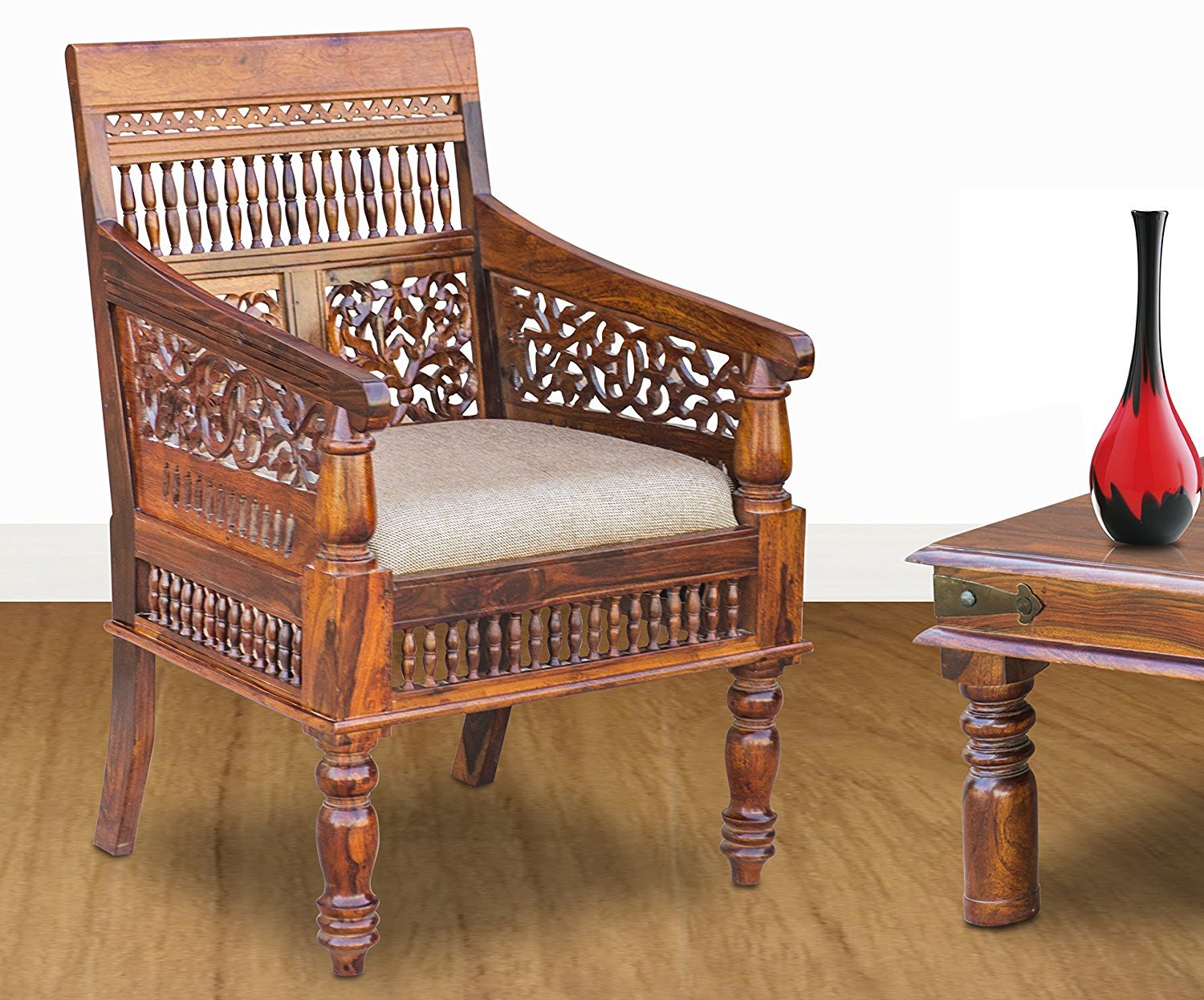
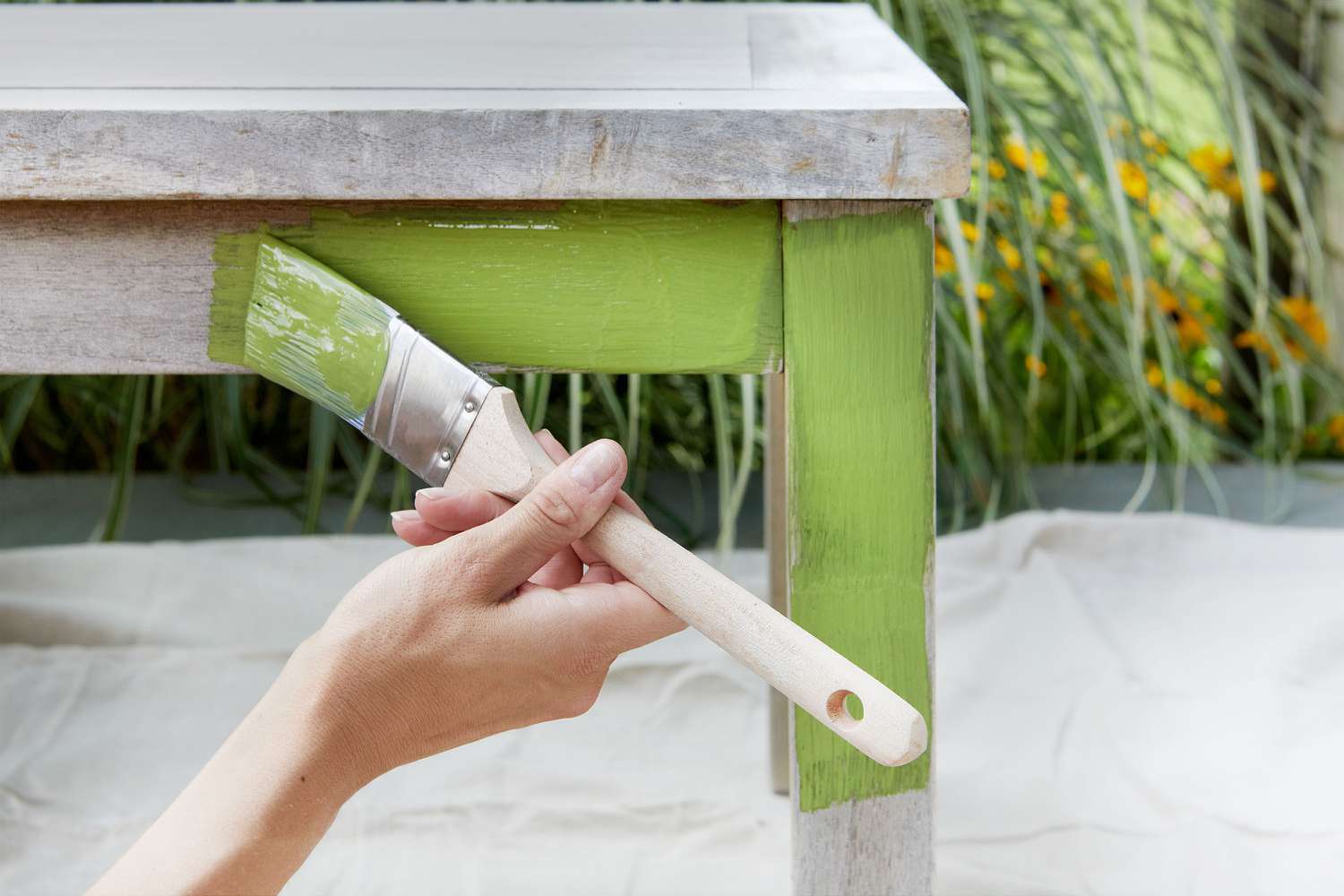
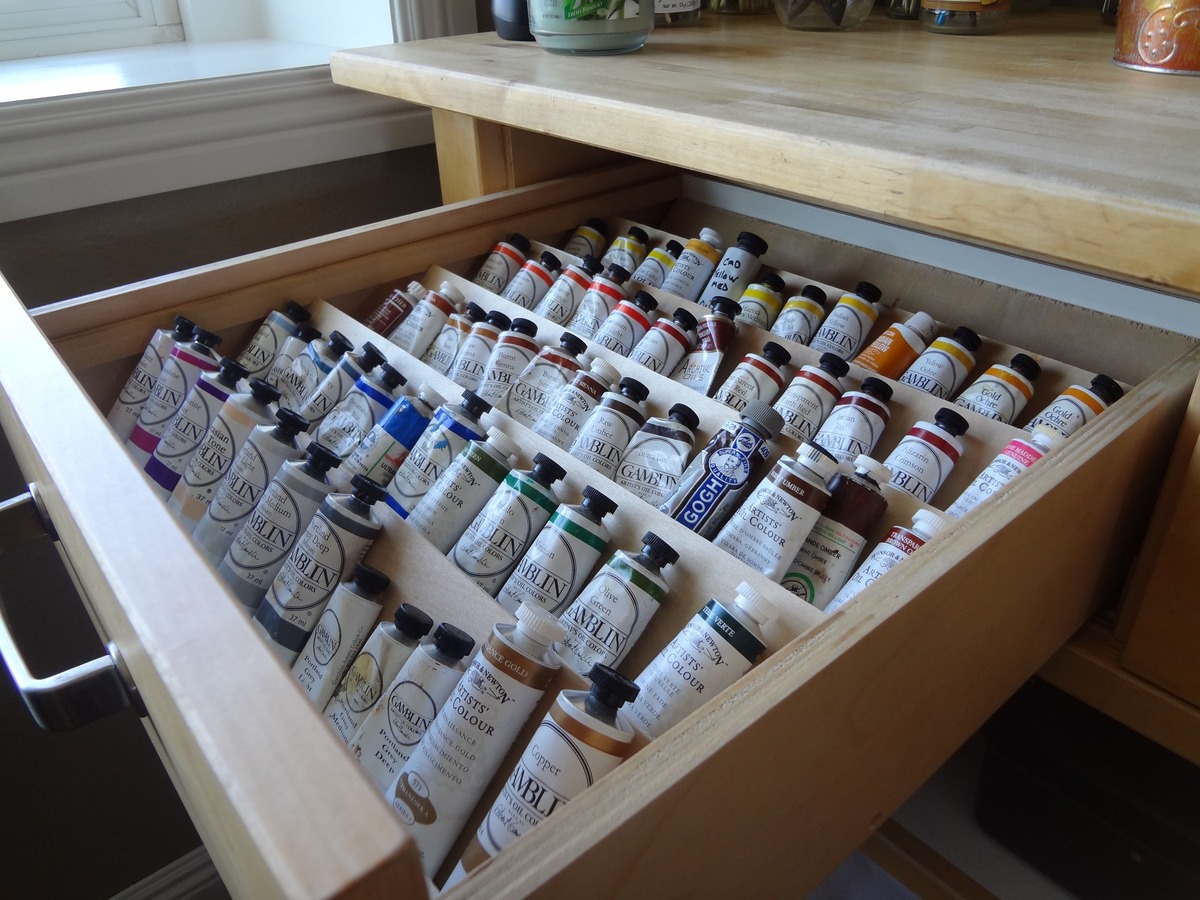
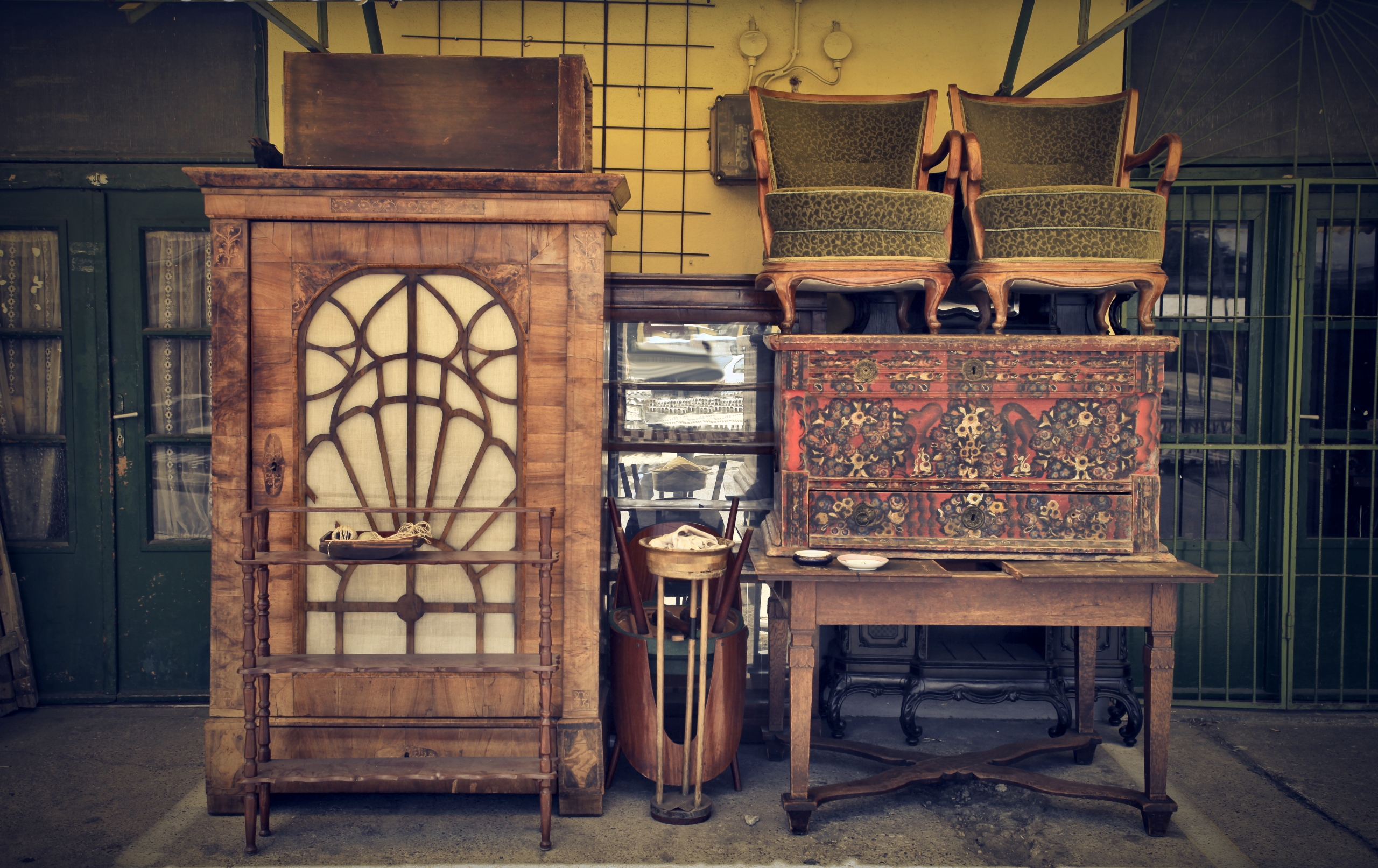
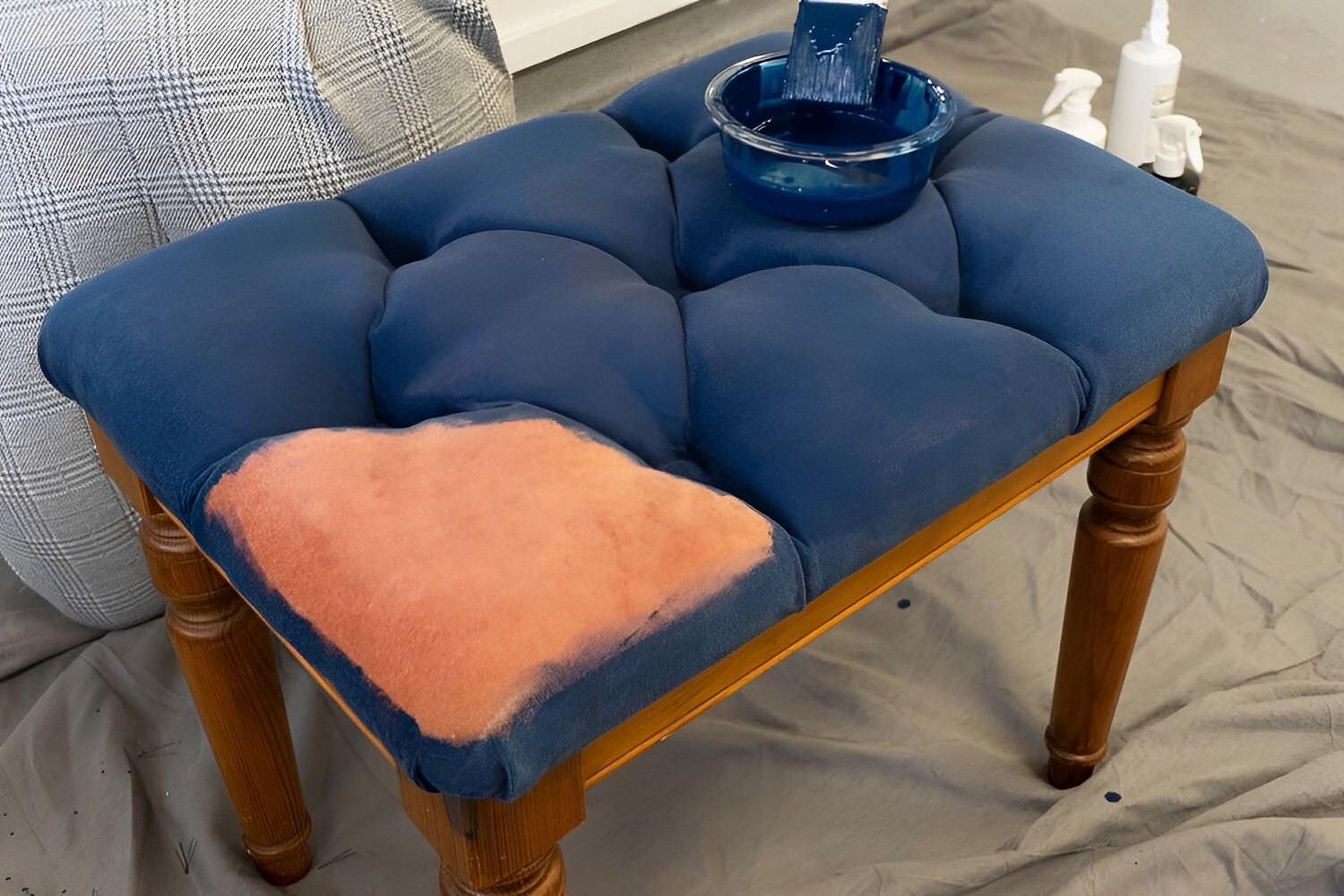
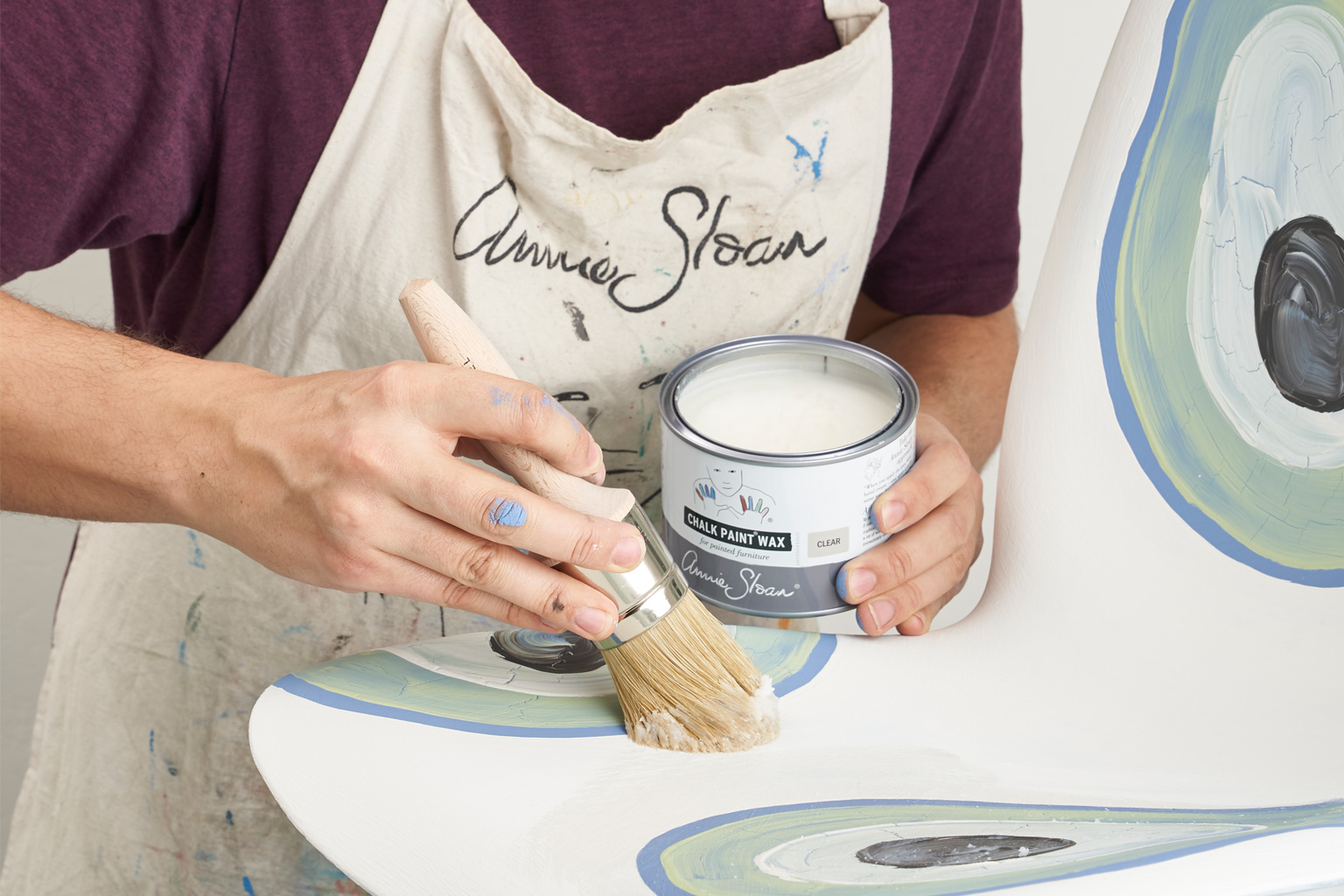
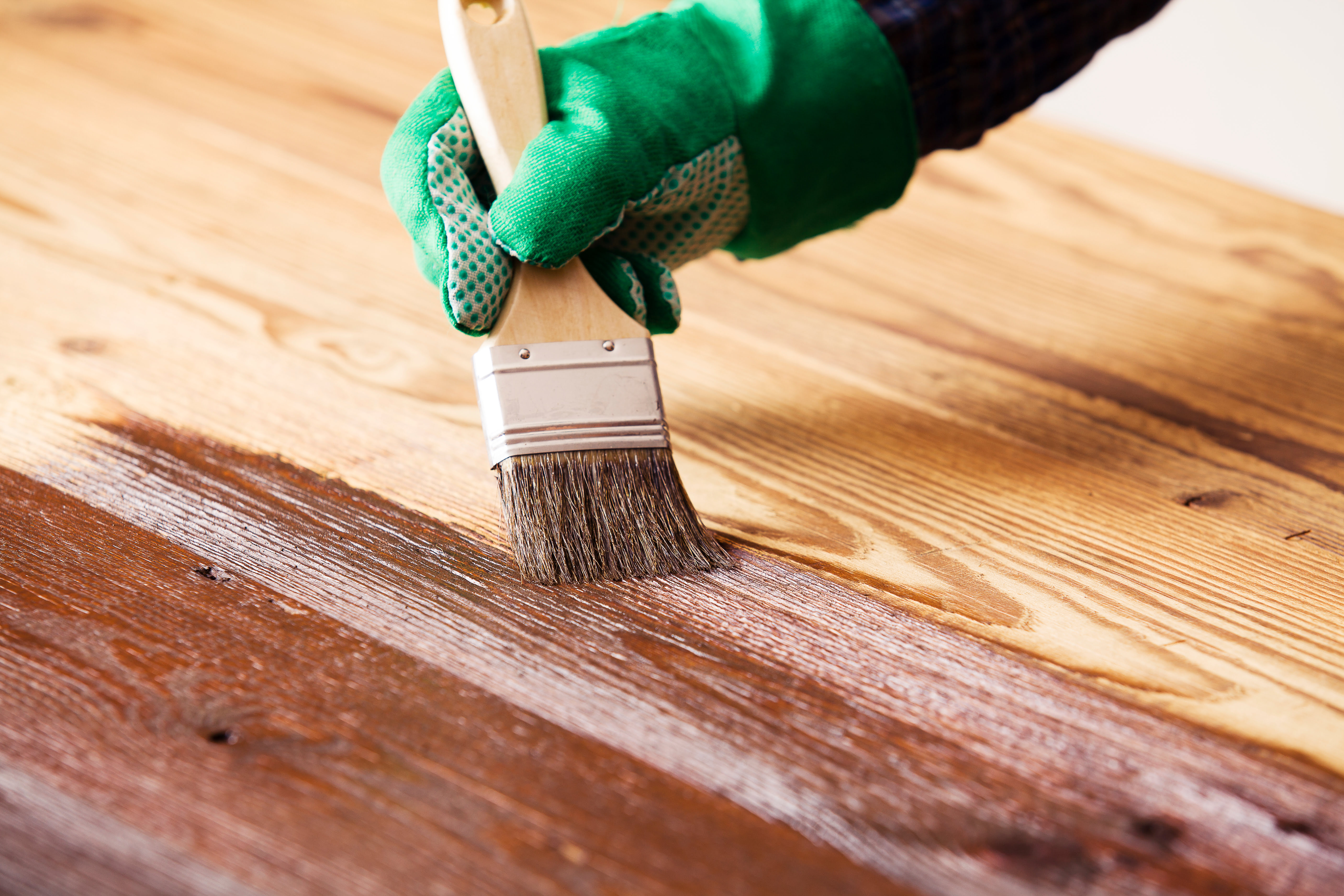

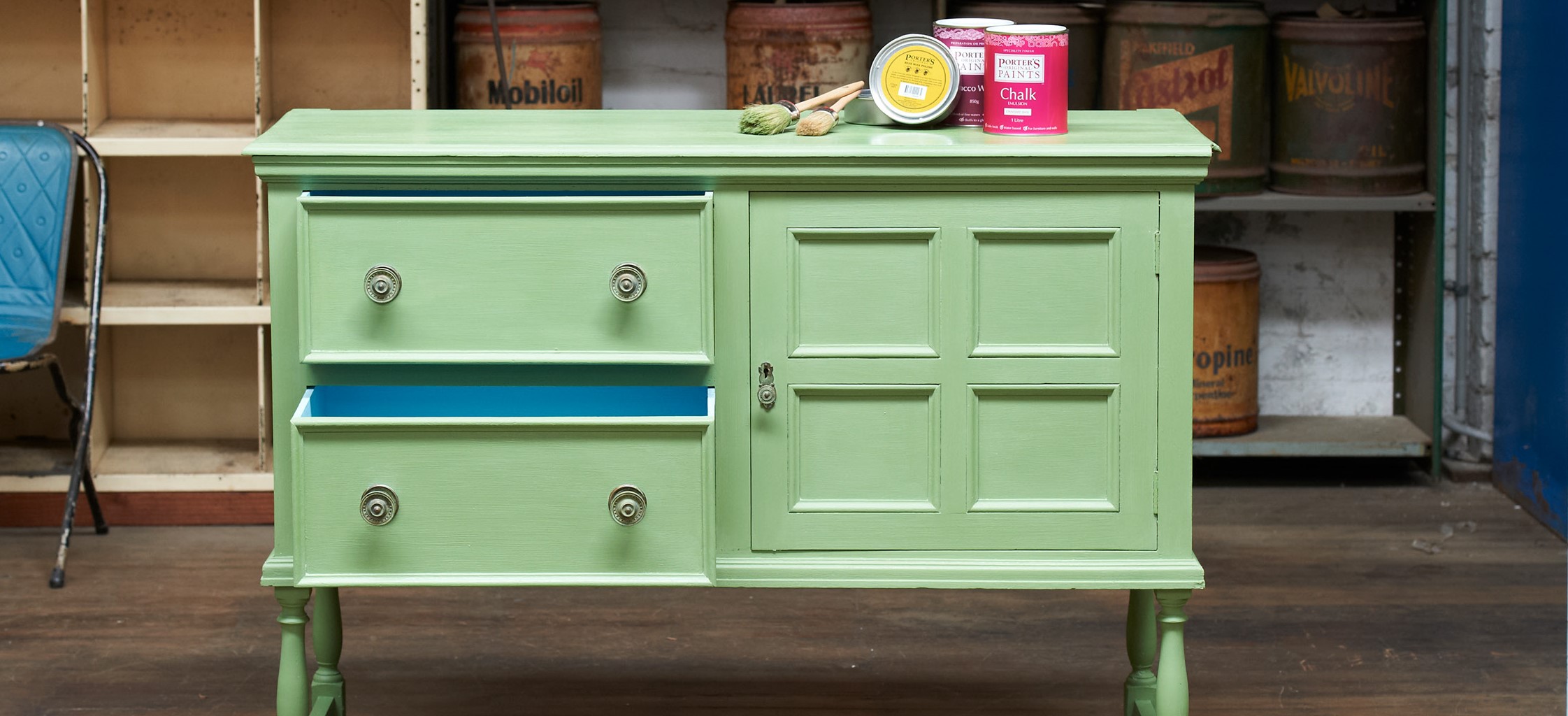
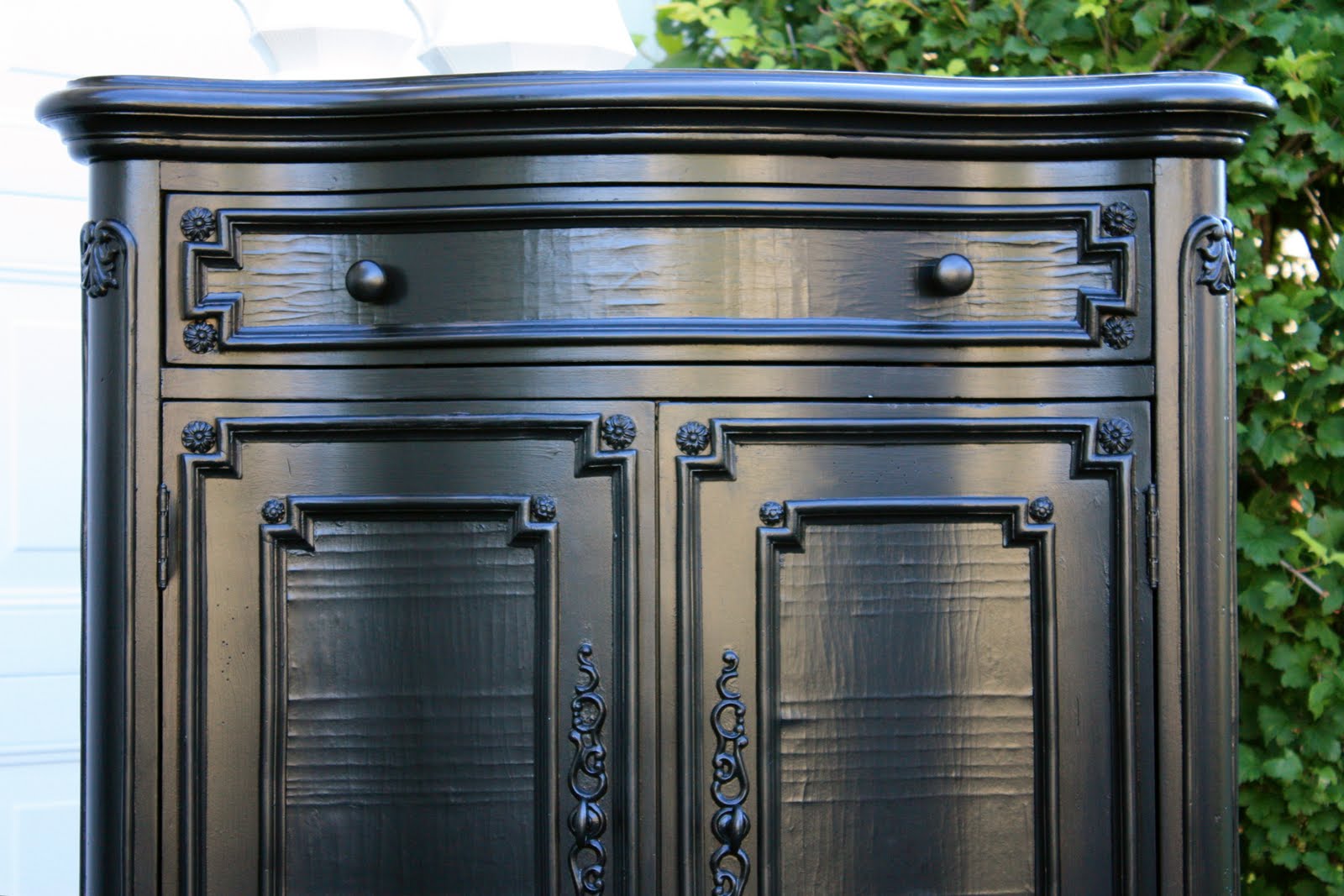
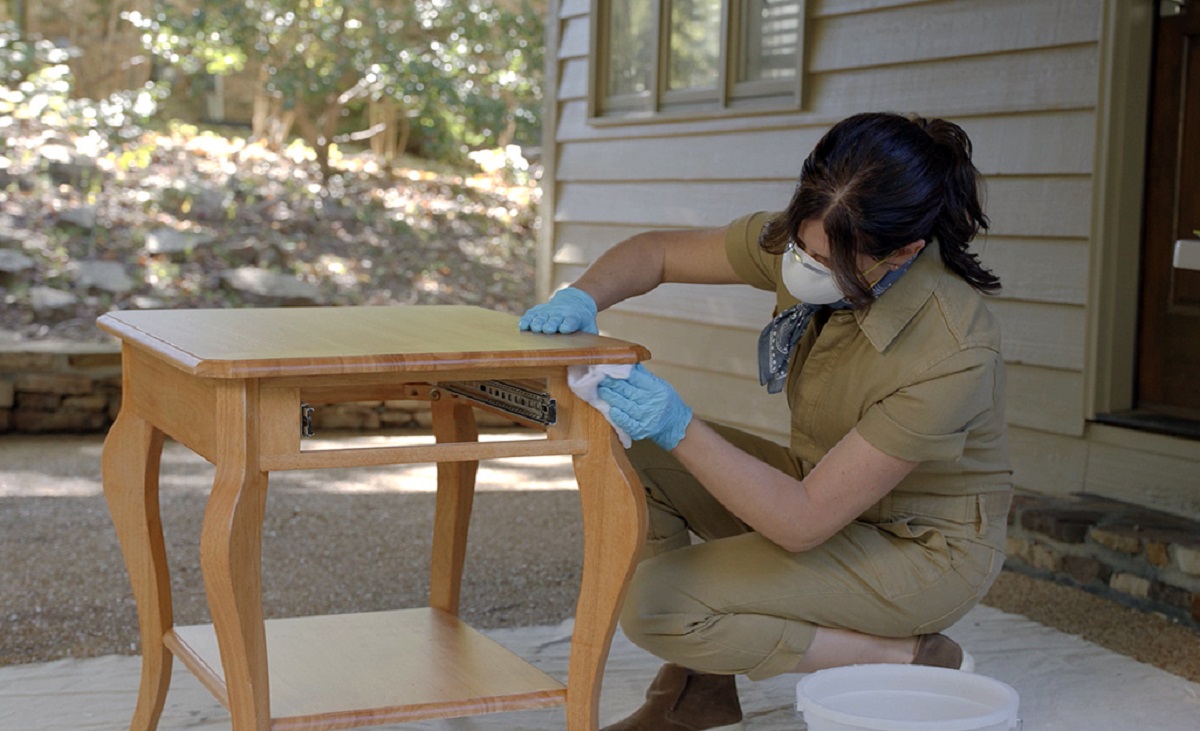
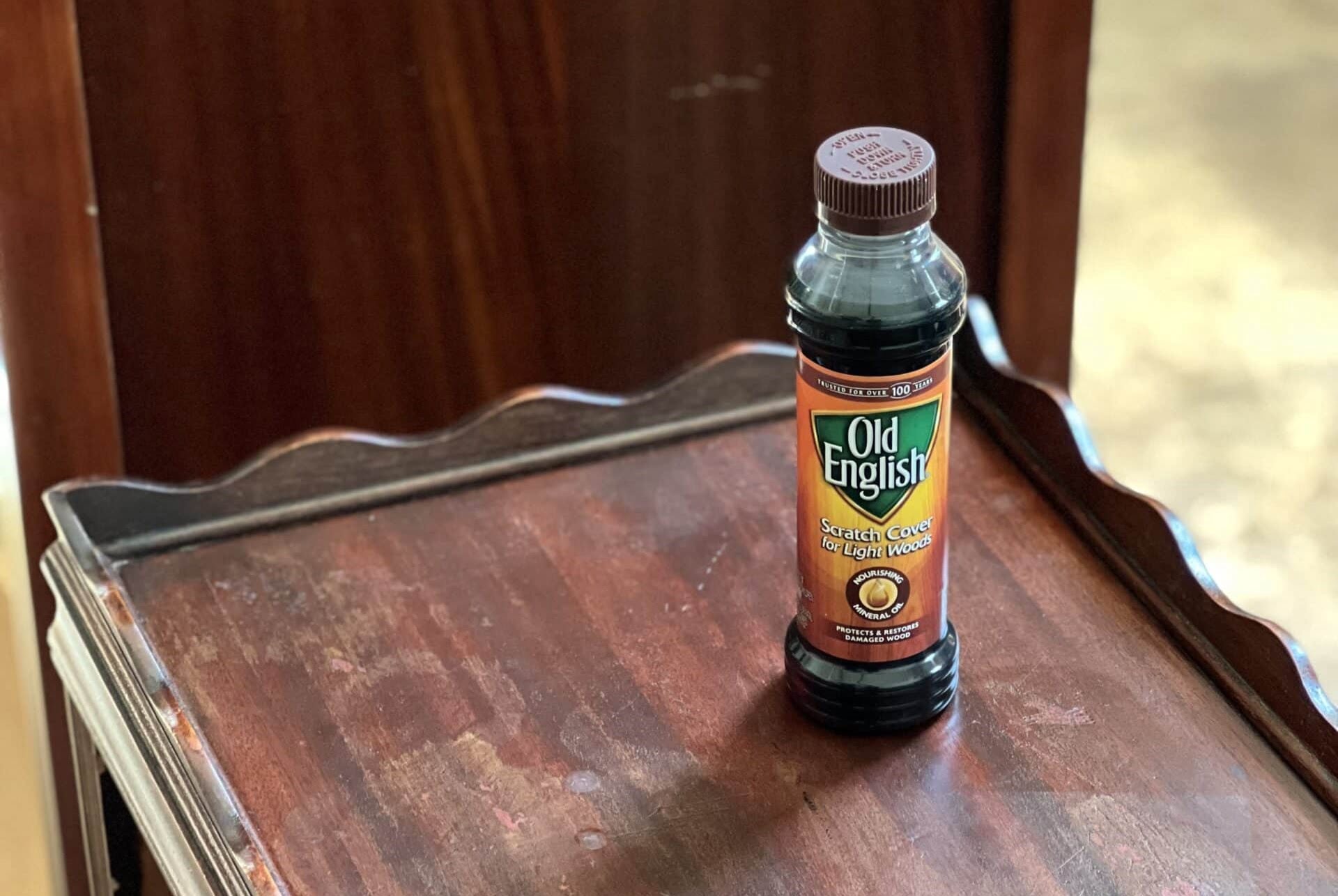


0 thoughts on “How To Paint An Old Furniture”